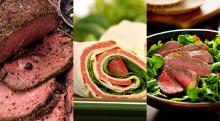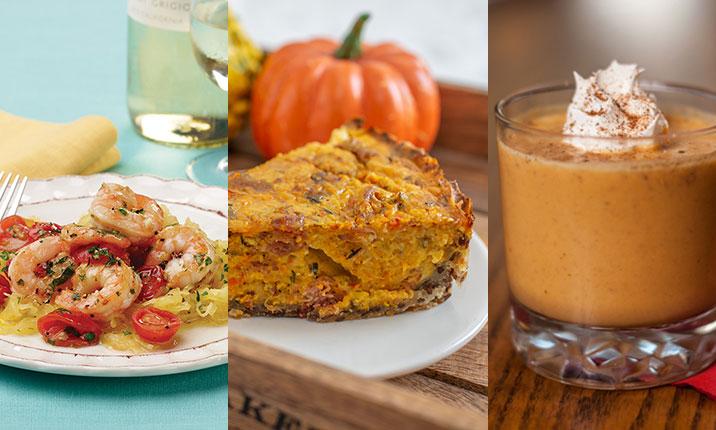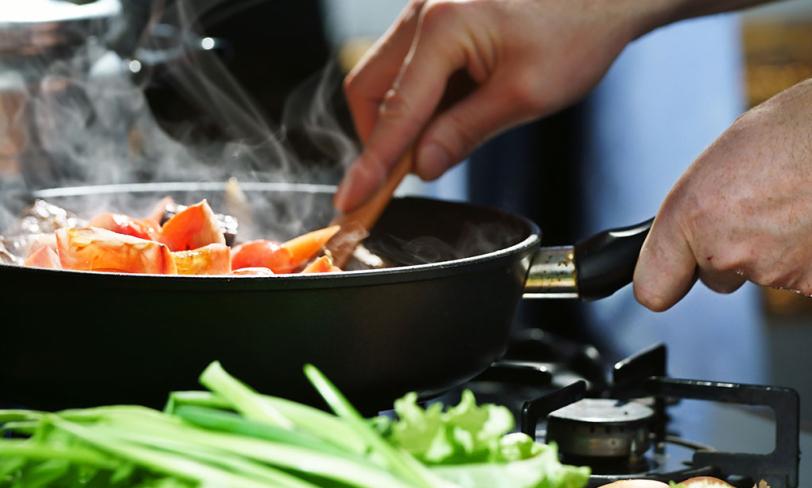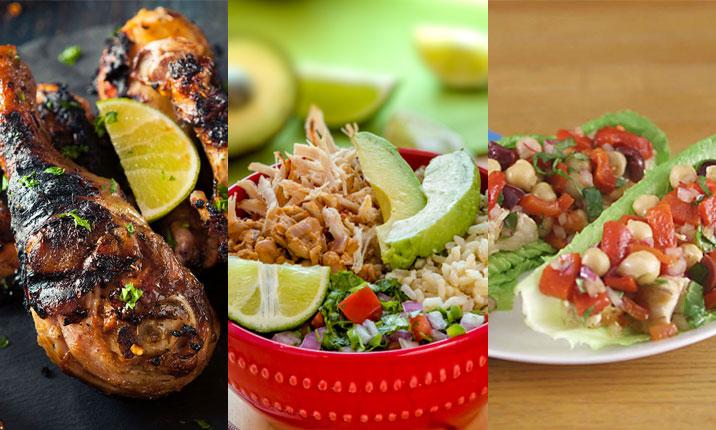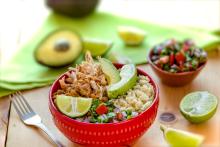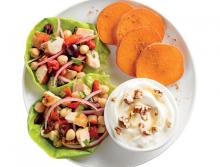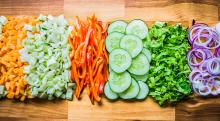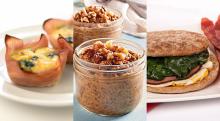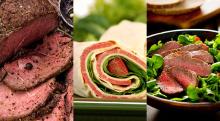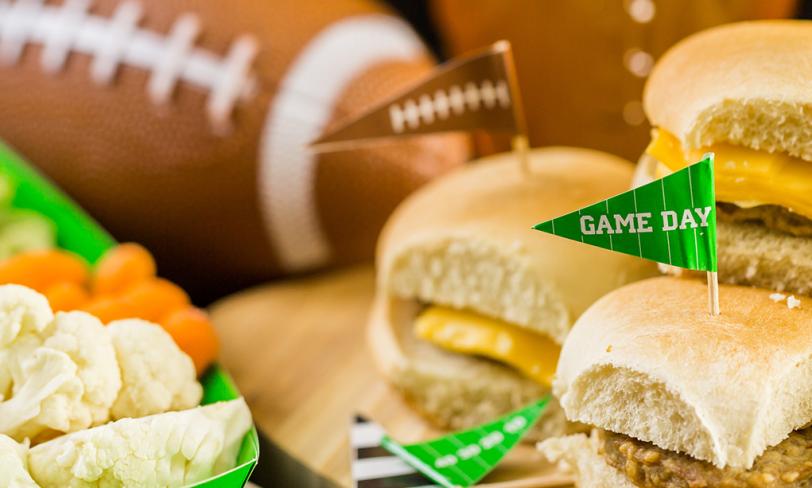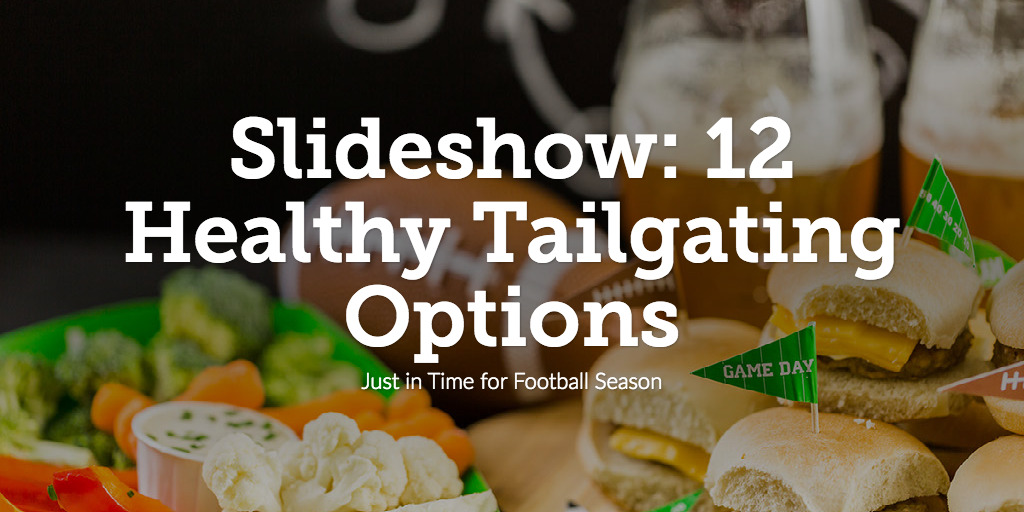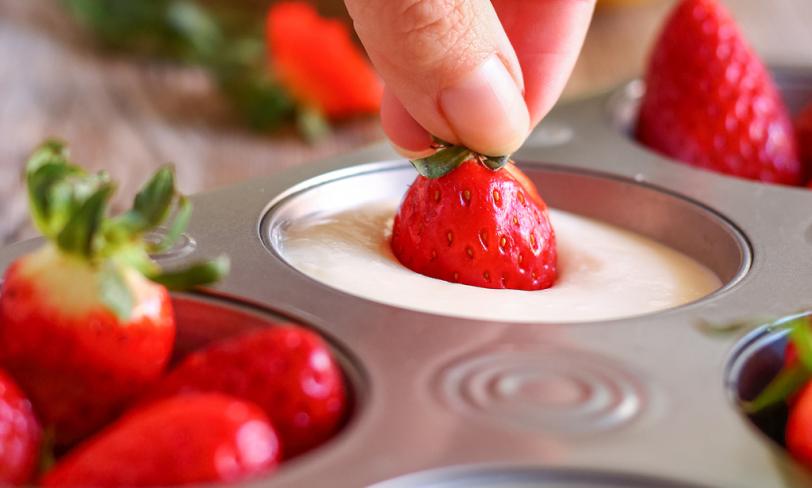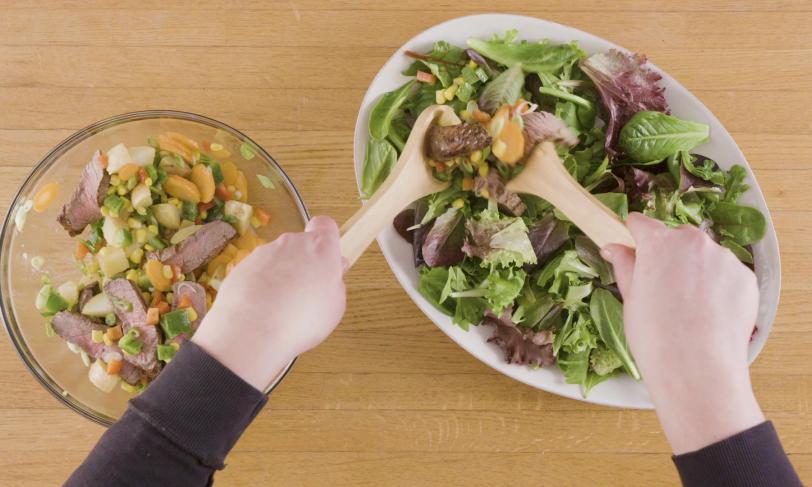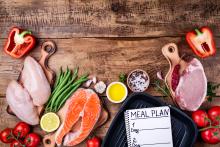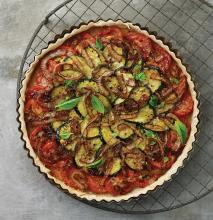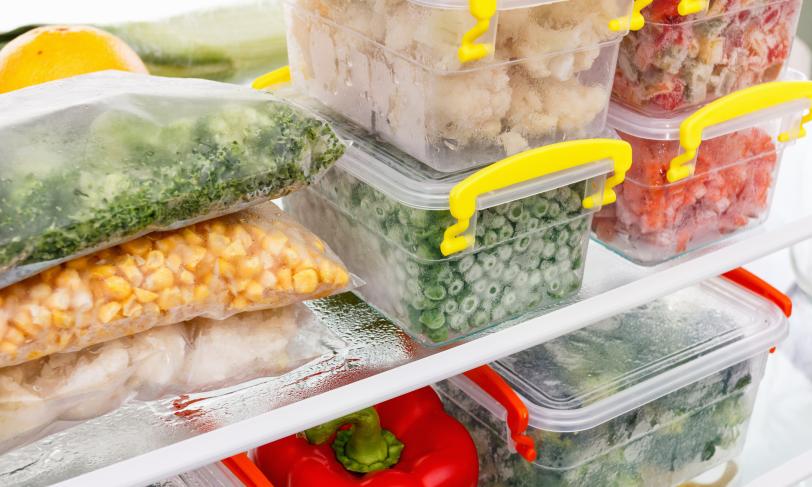Everybody likes getting more for less! How about getting more meals from less recipes? With some strategic meal planning and prepping, you can create several days’ worth of meals with just a few recipes and one trip to the grocery store. You can even prepare all of the recipes at once and store meals in single serve containers in the fridge for grab-and-go meals all week.
Diabetes Food Hub can be a great tool for meal prepping! Click here to learn how to use our recipes, meal planner, and grocery list generator to make planning, shopping, and preparing healthy meals a snap! Additionally, we’ll be rolling out a series of meal prepping articles over the next few weeks to show how a little planning can make your meal planning life a lot easier.
Pumpkin Spice and Everything Nice
The leaves are turning, the temperature is dropping, and pumpkin spice is everywhere—it must be fall! October is National Pumpkin Month, but the fall ushers in a bounty of tasty winter squash such as acorn, spaghetti, and butternut squash. This week we’ll roast a spaghetti squash to make low-carb “pasta” for dinner or lunch for the week. While the oven’s hot, we’ll also roast pumpkins for home-made pumpkin puree that you can use for your favorite pumpkin recipes all winter long.
Remember, winter squash such as butternut squash, acorn squash, and pumpkin are considered “starchy vegetables” because they are higher in carbohydrates and do raise blood glucose. HOWEVER, Spaghetti squash is lower in carbs and is considered a “non-starchy vegetable.”
Spaghetti Squash “Pasta”
Unlike other winter squash, the flesh of spaghetti squash is stringy and fibrous, resembling spaghetti noodles. This feature makes it a great low-carb substitute for pasta in your favorite spaghetti recipes.
How to roast spaghetti squash:
-
Preheat oven to 375° F.
Image
- Stab the spaghetti squash several times all over with a knife or fork (piercing the skin allows steam to escape while roasting and prevents a squash explosion).
- Place the squash directly on the oven rack (you might want to place a baking sheet or foil on the rack below to catch any juices that may drip out during roasting). Bake for 1 to 1 1/2 hours (total time will depend on the size of the squash), rotating at least once during cooking. The squash is done when a sharp knife can be easily inserted and removed.
- Remove from the oven and let cool. When the squash is cool enough to handle, cut in half lengthwise. Scoop out the seeds with a large spoon or ice cream scoop. Scrape the stringy flesh out of the skin using a fork.
One medium spaghetti squash (2–3 lbs) will make 4–6 one cup servings. Toss with your favorite pasta sauce, or try one of these recipes:

Try these out as a veggie-based snack to tide you over between meals.

Swapping regular pasta for spaghetti squash means this childhood favorite has a fraction of the carbs and calories.
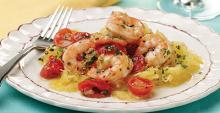
Spaghetti Squash with Shrimp, Tomatoes, and Basil
Or for a more “sophisticated” meal, try this dish inspired by authentic Italian flavors.
DIY Pumpkin Puree
Everybody loves pumpkin flavored things in the fall, but have you ever cooked with a real pumpkin from scratch? It’s really no different than cooking with any other winter squash. While you’ve got your oven firing for spaghetti squash, let’s throw some pumpkins in there to make home-made pumpkin puree!
NOTE: You can’t cook with any old pumpkin—look for pumpkins that are labeled as “baking,” “sugar,” or “pie” pumpkins. They are much smaller than the kinds of pumpkins you buy for carving, and they will be located in the produce section.
Homemade Pumpkin Puree:
-
Image
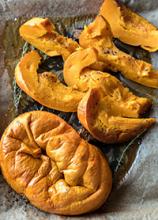
Break off the stem off the pumpkin, and cut in half from top to bottom. Scoop out the seeds and discard or save for roasting.
- Line a baking sheet with foil or parchment paper. Lay the pumpkin halves cut side down on the baking sheet and place in the oven along with the spaghetti squash (see temperatures and cooking instructions above). The pumpkin will also take about 1 hour to roast. The flesh will be very soft and falling off the skin when done.
- Remove the pumpkins from the oven and let cool. When the pumpkin is cool enough to handle, scoop the flesh out of the skin and puree in a blender, food processor, or potato ricer. Or, for a chunkier texture, mash by hand with a fork or potato masher.
One pumpkin will make about 2 cups of puree. You can store pureed pumpkin in the fridge for 3–5 days or in the freezer for up to 6 months. You can use this puree in any recipe that calls for canned pumpkin puree. Try one of these recipes, where the flavor difference of home-made puree will really shine:

Pumpkin Apple Protein Bars
Perfect for breakfast-on-the-go or a post-workout snack.
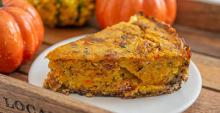
Pumpkin Quiche with Quinoa Crust
The quinoa crust in this quiche is lower in fat carbs than a traditional pastry crust, and adds extra protein and fiber.

Pumpkin Pie Smoothie
Try this protein packed treat to satisfy your pumpkin spice cravings.
BONUS
You’ve probably heard of roasted pumpkin seeds, but you can actually roast and eat seeds from any winter squash! Save the seeds from the pumpkin and the spaghetti squash to make a crunchy, nutritious snack. Simply clean all of the gunk off of the seeds, pat them dry, and toss them with some olive oil and your favorite seasonings. Spread them out in a single layer on a baking sheet, and bake at 300° F for 20–25 minutes, or until they are just starting to brown.
Want more meal prep ideas?
Check out the other articles in this series:

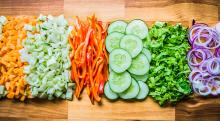
Meal Prep: DIY Salad Bar
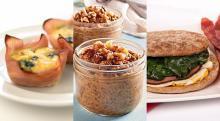
Meal Prep: Breakfast on the Go
